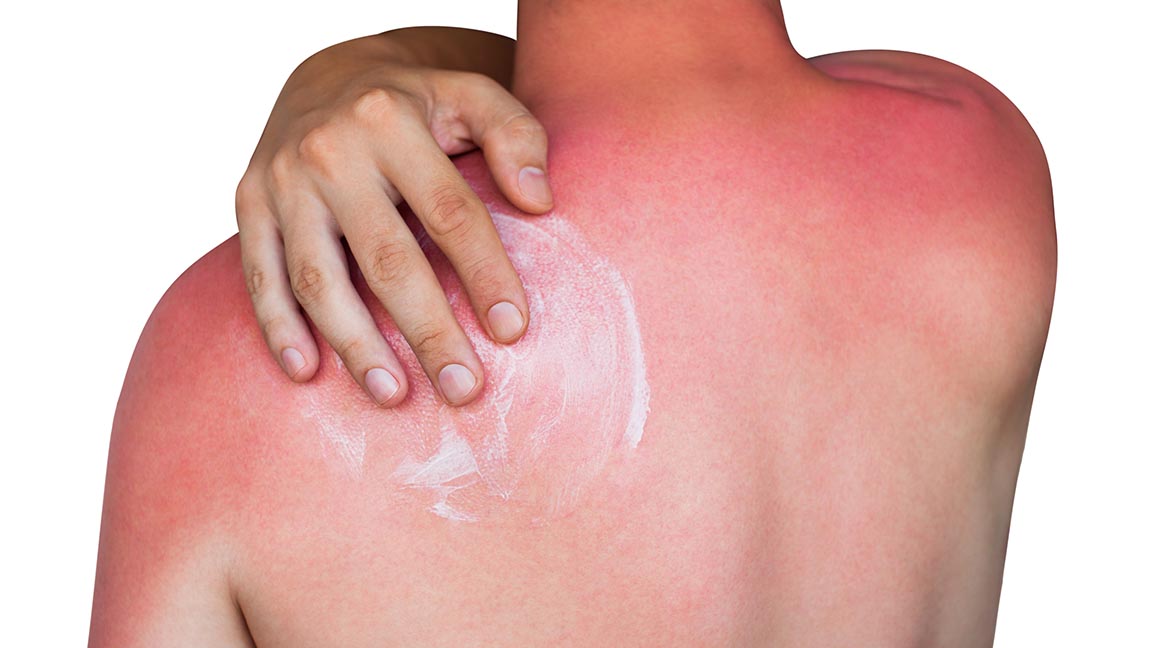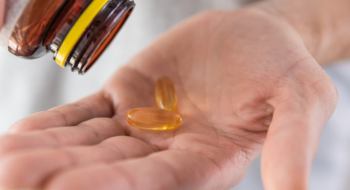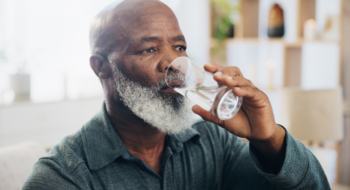As you pack up after a day at the beach, you can already feel that telltale tingle on your face, back and shoulders: You’ve gotten a sunburn.
Sunburn is always a risk when we’re outside, especially during the summer. Fortunately, sunburn is easily avoided. If you get burned, here are six steps to take:
1. Get out of the sun
“When you start feeling the heat and tingle of a sunburn, it’s time to prevent things from getting worse,” says Dr. William Jackson Epperson, family medicine physician at Tidelands Health Family Medicine at Prince Creek. Get inside or find some shade as soon as possible. Reducing further exposure limits the overall damage to your skin.
2. Draw out the heat
A cool soak or compresses can soothe your burn by drawing out the heat and reducing inflammation. Keep it short to avoid drying out your skin, though.
3. Stay hydrated
Sunburn dries out your skin, which can in turn dehydrate the rest of your body. That’s why it’s important to drink enough water. It’s also a good idea to avoid consuming beverages that contain alcohol, which is a diuretic and can increase dehydration levels further, especially when combined with water loss from perspiration and sunburn damage. In severe cases, dehydration can become life threatening and lead to hospitalization.
4. Moisturize
Applying moisturizer after your skin has cooled can also help your skin recover. Avoid petroleum jelly, which traps heat, or topical treatments with alcohol that can further dry out your skin.
5. Relieve the pain
Over-the-counter pain relievers can ease the sting from your damaged skin. Medications such as aspirin, acetaminophen or ibuprofen can also reduce inflammation. Topical anesthetics such as aloe, benzocaine and lidocaine may help with pain, but be sure you’re not allergic to them before application.
6. Be careful with blisters
Blisters are your skin’s way of protecting itself. Avoid popping them. If you develop blisters over a large area or feel dizzy, feverish or chilly after a sunburn, seek prompt medical attention. In case of emergency, always call 911.
Prevention
Of course, the best way to deal with a sunburn is to avoid getting one in the first place. Here are three key prevention strategies:
- Wear sunscreen. “The skin damage and cancer risk from sunburn is cumulative,” Dr. Epperson says. “That’s why it’s important from an early age to wear sunscreen when you’ll be outside for a significant period of time.” Choose a broad- or full-spectrum sunscreen that protects against UVA and UVB rays and offers an SPF (sun protection factor) of 30 or higher.
- Carry your own shade. Wear a hat, preferably one with a wide brim to protect the sensitive skin on your scalp, face and tops of your ears. Protect your arms and legs by wearing loose-fitting, lightweight long-sleeved shirts and pants.
- Skip the intense times. The sun’s rays change in intensity during the day, peaking around mid-day when the sun is highest in the sky. Reduce your risk of a sunburn by minimizing your sun exposure from 10 a.m. to 4 p.m. each day.

Dr. William Jackson Epperson
Family Medicine Physician, Tidelands Health Family Medicine at Prince Creek
Bio
Tidelands Health family medicine physician Dr. William Jackson Epperson practices at Tidelands Health Family Medicine at Prince Creek.
Learn MoreMedical Education
Education
- University of South Carolina
Residency
- Anderson Family Practice
Internships
- Eastern Viriginia, Graduate School of Medicine
Awards
Board Certification:
- Family Medicine
Meet the Expert
Dr. William Jackson Epperson
Tidelands Health family medicine physician Dr. William Jackson Epperson practices at Tidelands Health Family Medicine at Prince Creek.




